World famous Hungarian porcelains: Herend, Hollóháza and Zsolnay- Photos!

The three most renowned porcelain factories of Hungary stand as follows: Herend, Hollóháza, and Zsolnay. Let us take a look at some of the unique designs and styles, presented by these world-famous manufactories.
Herend
Herend is a porcelain manufacturing company located in the county of Veszprém, near Lake Balaton. The company specialises in manufacturing luxurious hand-painted and gilded porcelain. The forerunner of the company was founded in 1826, by Vince Stingl, who was born in Sopron. Stingl learned the craft of fine ceramics in Vienna. The management of the company was taken over by Mór Fischer in 1839, who did his utmost to ensure that quality porcelain was manufactored, as per international standards. In 1851, at the Great Exhibition of London, Queen Victoria orders a china set with a butterfly and floral pattern. Mór Fischer names the china set after, otherwise known as the Victoria pattern.

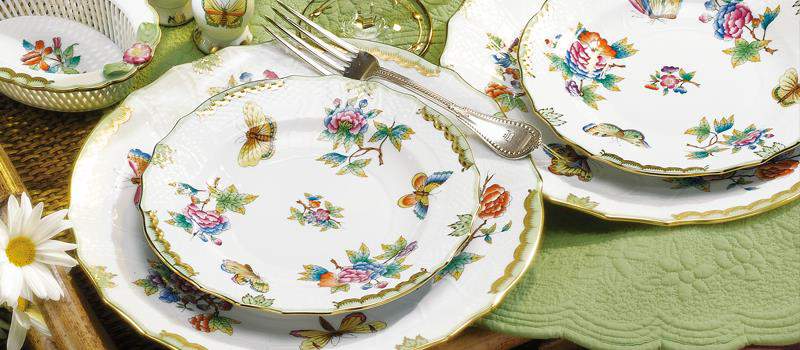
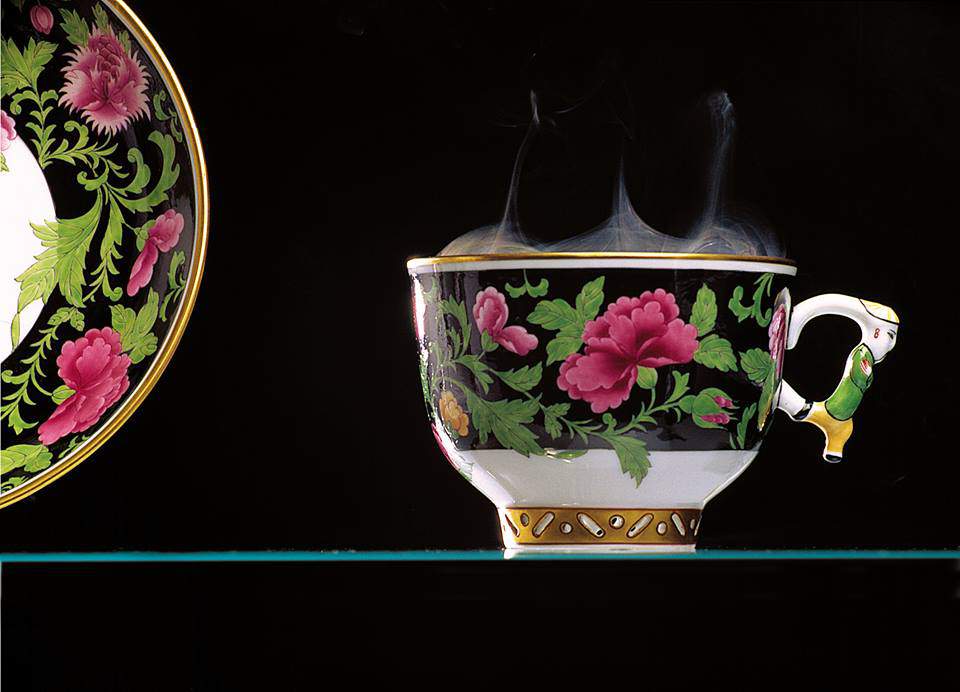

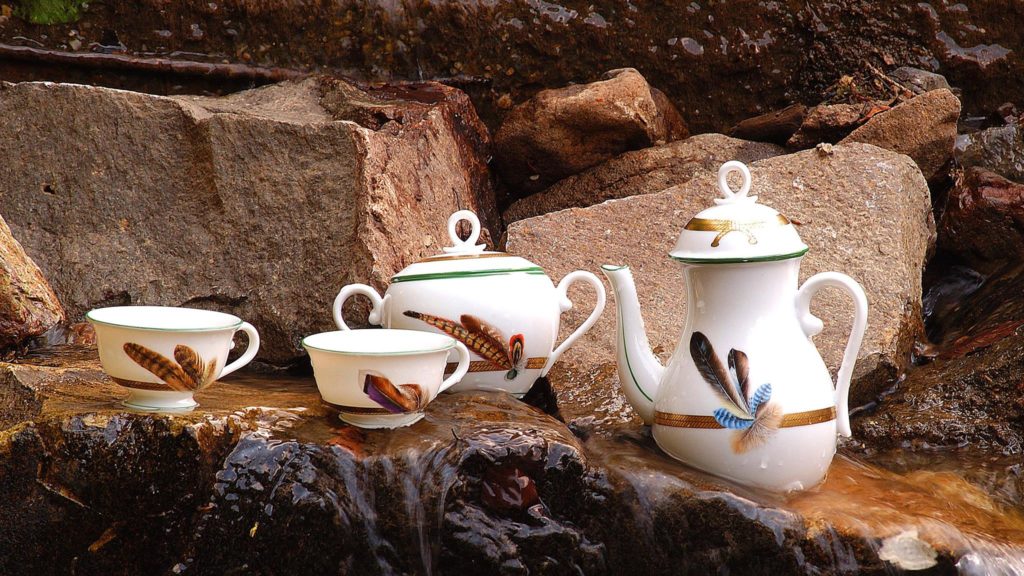
For more on the Herend Hungarian porcelain manufactory check out:
Five interesting facts about Hungarian porcelain manufactory Herendi – PHOTOS
Hollóháza
Hollóháza is a village in the county of Borsod-Abaúj-Zemplém county in North-East Hungary. This particular manufactory was founded in 1777. The Hollóháza manufactory serves as one of the oldest in the country. In 1831, then owner Count Károlyi turned the factory into a ceramics manufactory, making using of kaolin clay found nearby. Ornamental porcelains such as figurines, lamps and wall clocks appeared at the beginning of the 20th century. Currently, the collection consists of dinnerware sets, plate sets, coffee and tea sets, sandwich and dessert sets, microwave safe sets, the Minerve and Endre Szász collections, Goulash sets, pálinka sets, vases, beer mugs, candlesticks, wall plates, ash trays, jewelry and many more!
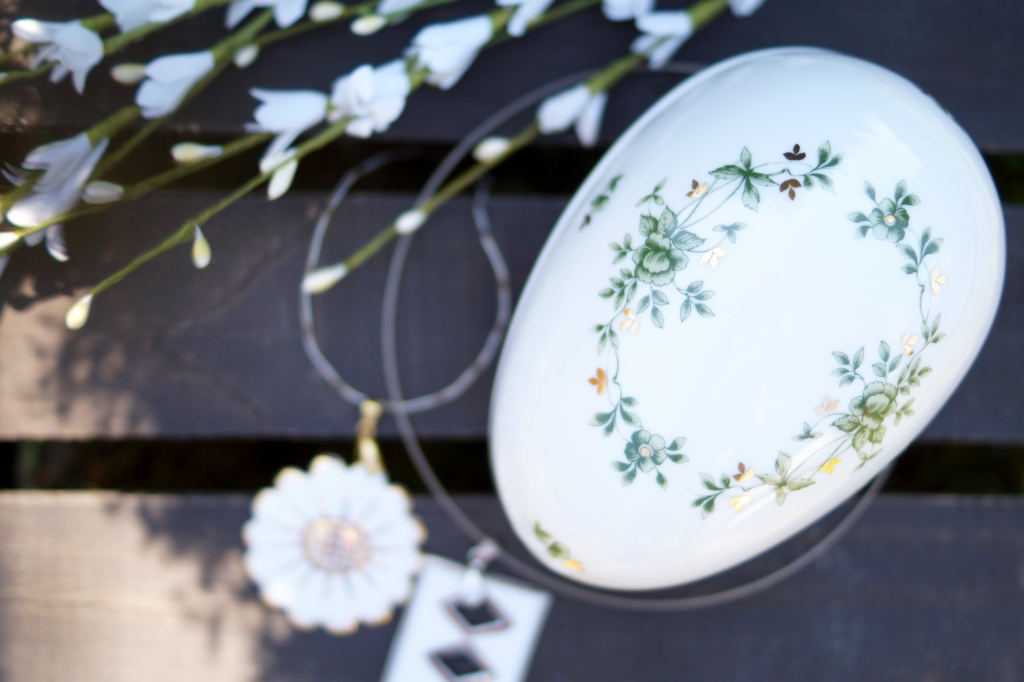

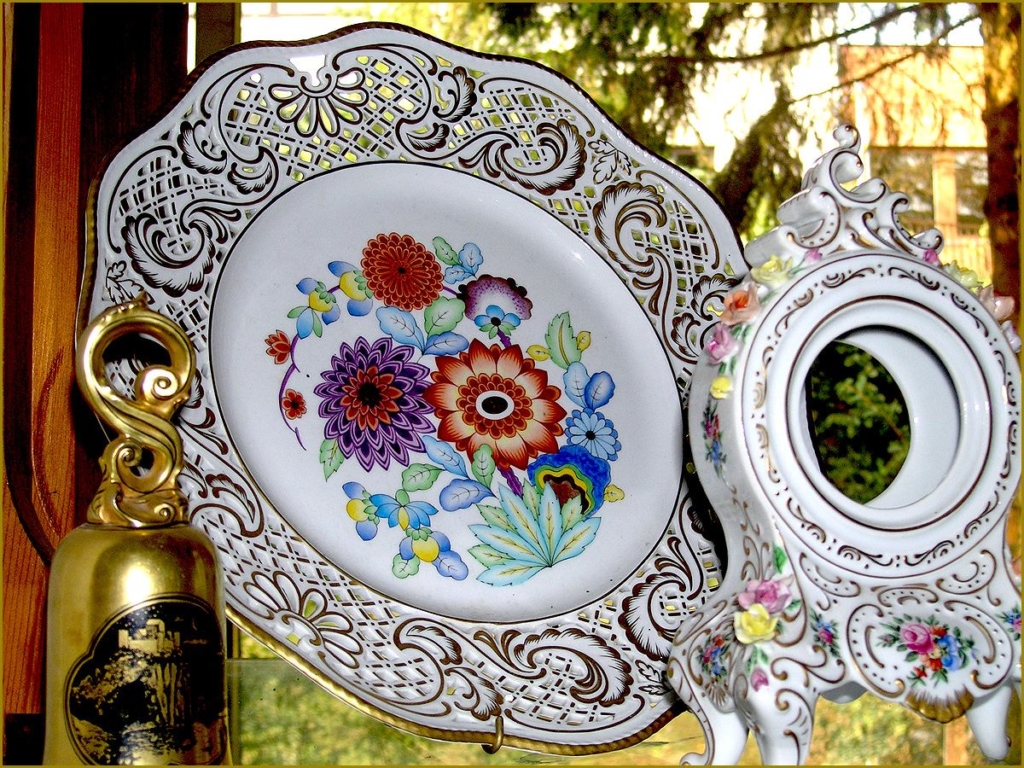
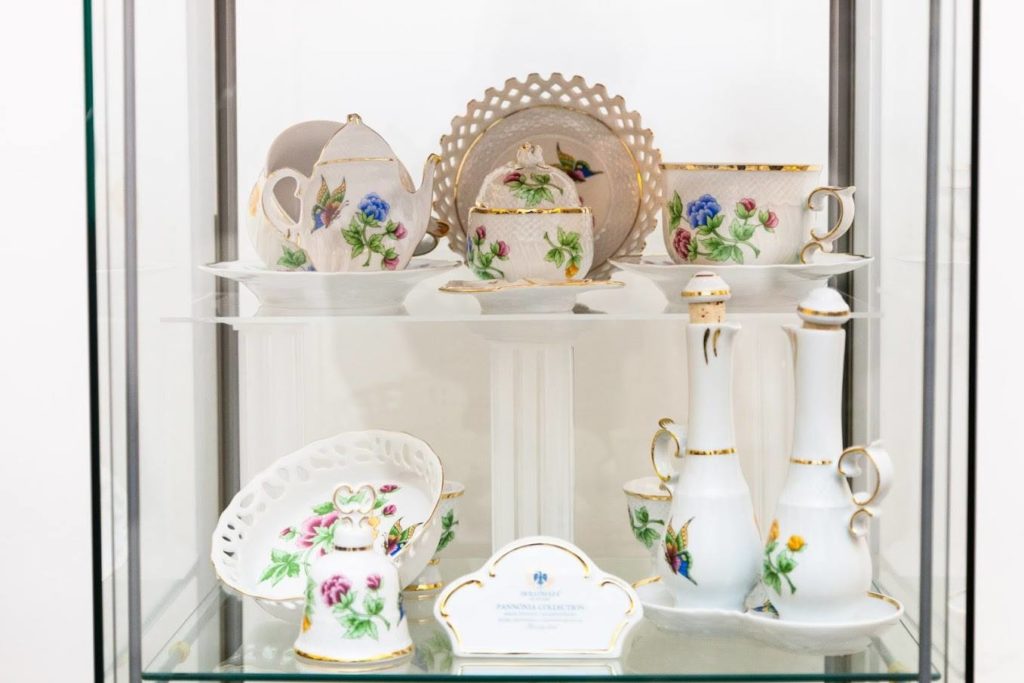
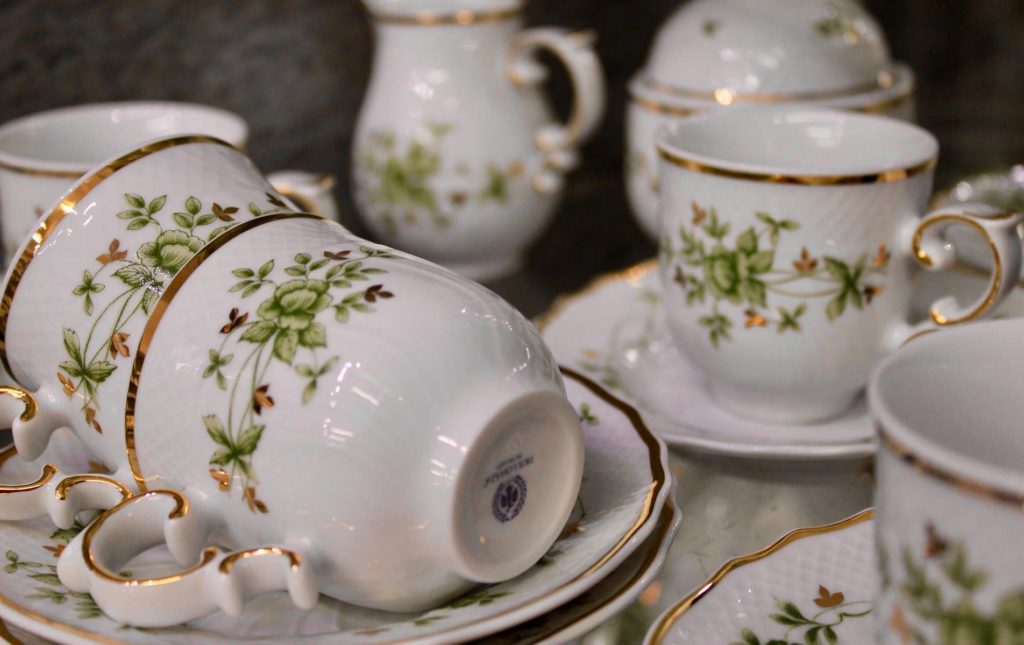
Zsolnay
The Zsolnay Porcelánmanufaktúra Zrt is based in Pécs, Hungary. They fashion porcelains, tiles as well as stoneware. The Zsolnay factory was originally established in 1853 by Miklós Zsolnay (1800–1880). They introduced the eosin glazing process. The eosin process results in a light red iridescence of the first prepared hue, hence the term eosin (Greek eos, flush of dawn). Over time, various eosin colours and processes were developed. The eosin-based iridescence became a favourite of art nouveau and Judenstil artists, such as Sándor Apáti Abt, Lajos Mack, Géza Nikelszky, as well as József Rippl-Rónai. The secret eosin glaze renders porcelain to appear iridescent metallic, in different colours that alter with the angle of reflection. Typical colours include different shades of green, red, blue, and purple. Pyrogranite, which refers to a type of ornamental ceramics that were developed by Zsolnay and placed in production by 1886, is also of note. Fired at high temperatures, this durable material remains acid and frost-resistant making it suitable for use as roof tiles, indoor and outdoor decorative ceramics, as well as fireplaces. Architects such as Miklós Ybl, Ödön Lechner, Béla Lajta, Samu Pecz, and Imre Steindl utilized these kinds of materials in their architectural works. This style is what pervades the surfaces of buildings in Budapest such as the Matthias church, the Hungarian Parliament, the Museum of Applied Arts, the Geological Institute, the Kőbánya church, as well as the Gellért baths. Zsolnay architecture can also be found in the southern cities of Kecskemét and Pécs, respectively.
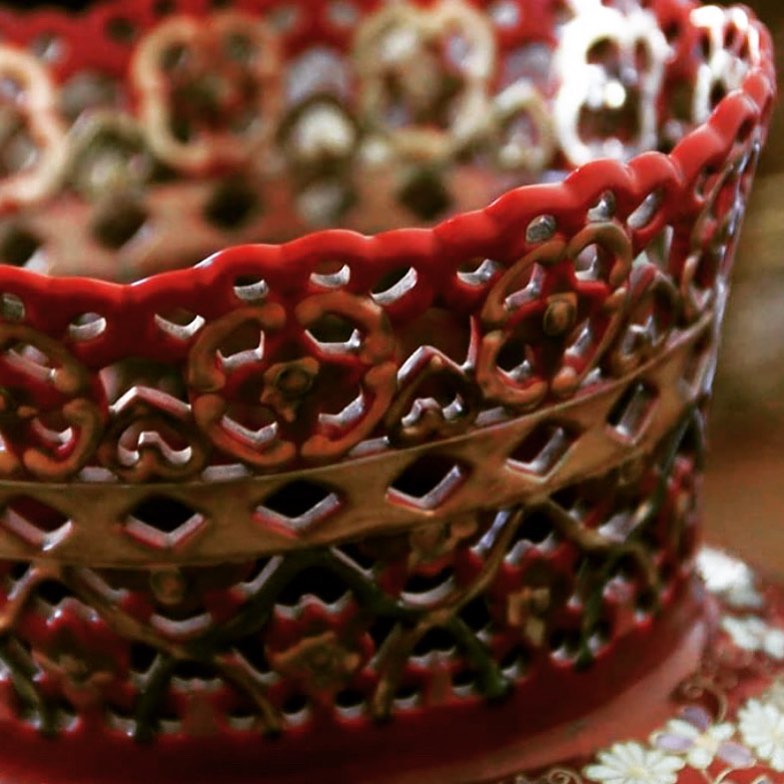
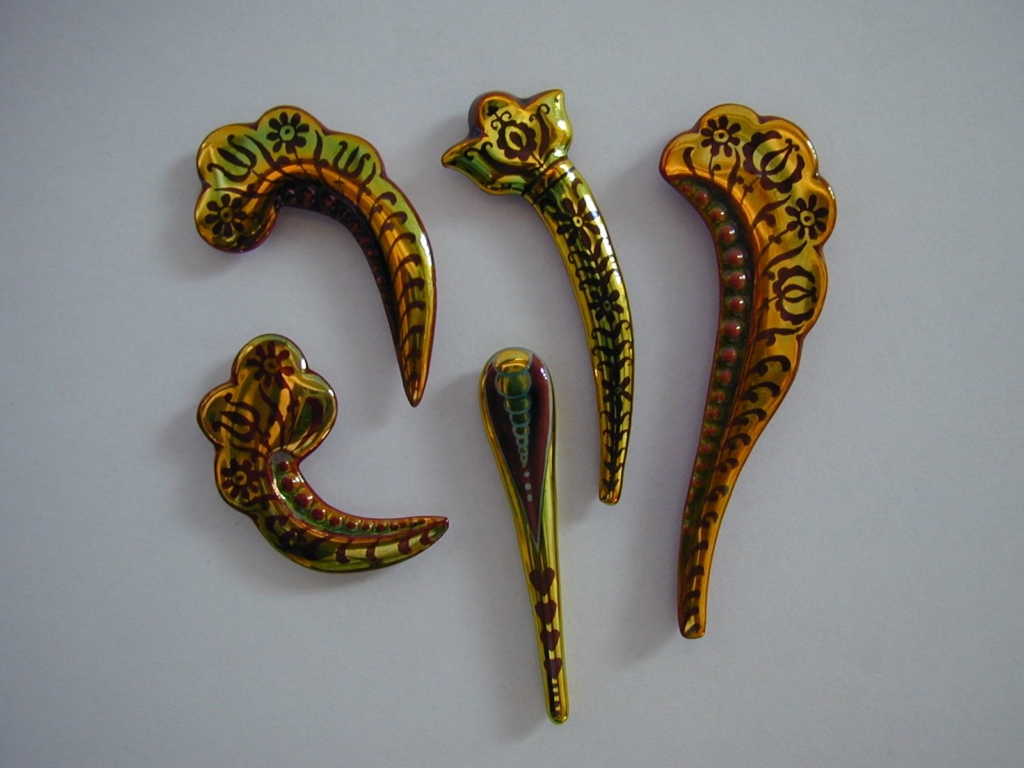
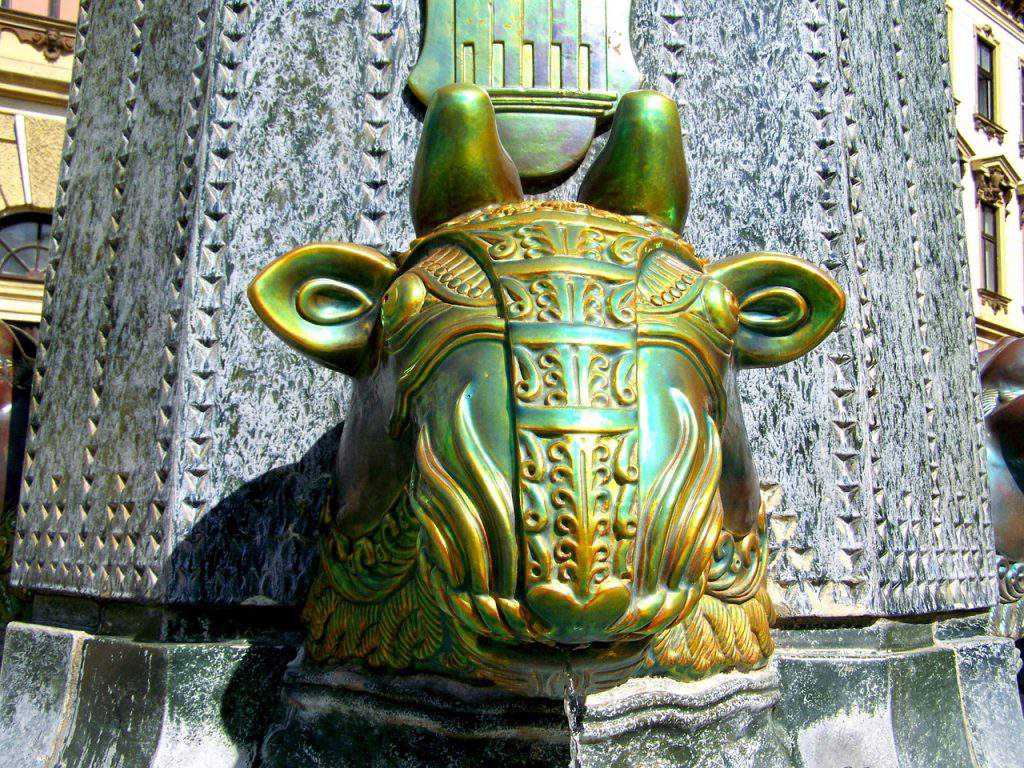
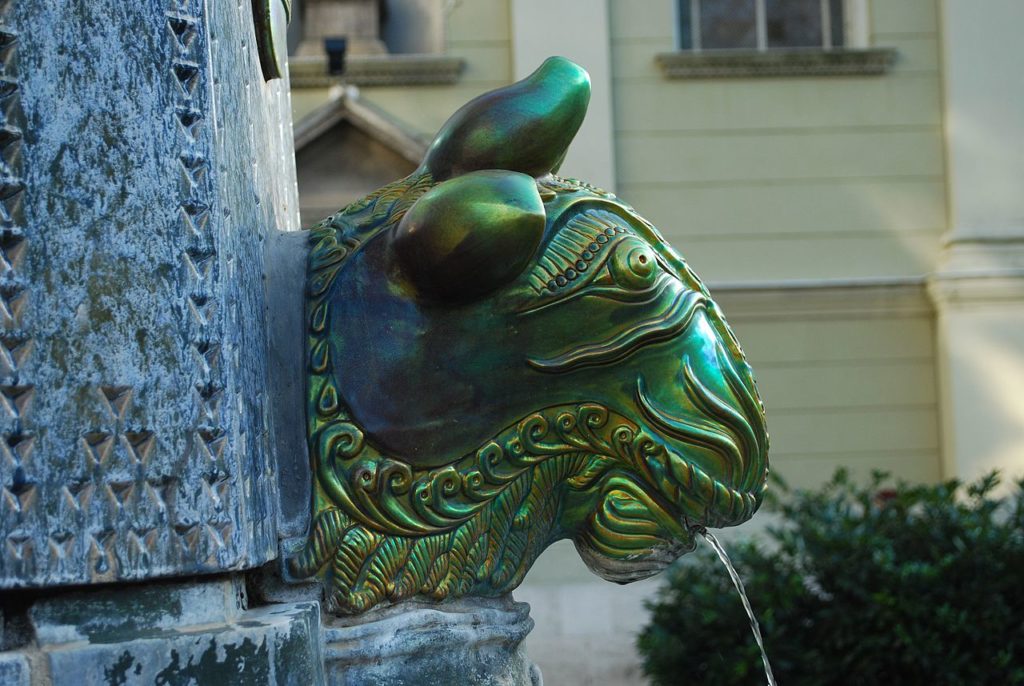

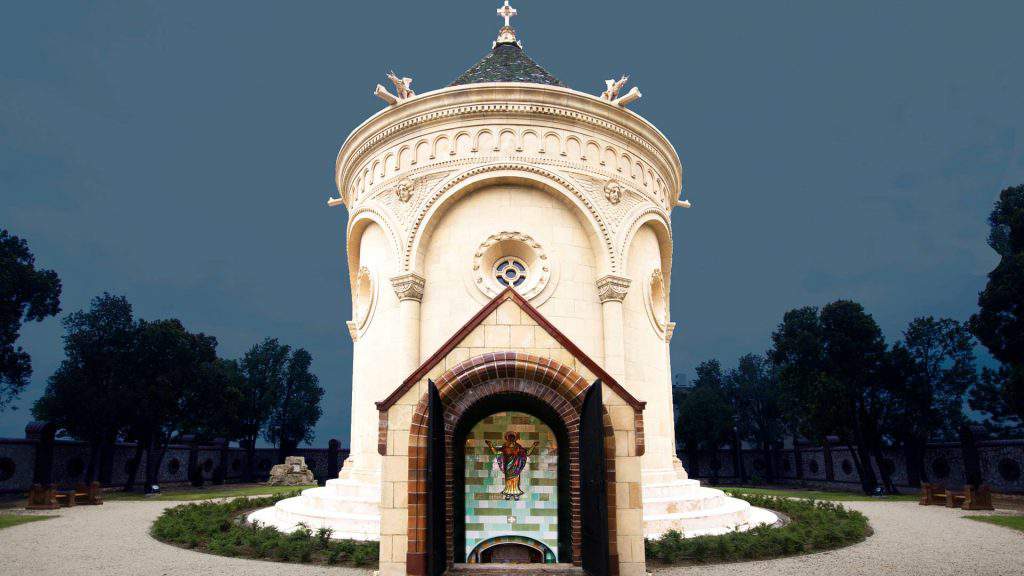
Check this out: Zsolnay Butterfly Collection
This video shows how the butterfly style is hand-painted on to porcelain.
All in all, Hungarian porcelain is renowned world-wide, and dear to many. You might even own some of these porcelains, take a closer look next time you open the porcelain cabinet and enjoy the wonderful designs!
Source: Wikipedia


This article starts with ‘The three most notorious porcelain factories…’. Notorious in the english language means for something or somebody to be well known for being bad ie. a notorious criminal, a notorious accident spot etc etc. Surely that cannot be what the author of the article intended?
I am glad to see that the intro has been amended. Renowned is a much more appropriate word!
: generally known and talked of
iron is a notorious conductor of heat
Another thing that really needs to be amended is “Judenstil”.
The German for Art Nouveau is Jugendstil. If you don’t know it, look up the meaning of “Juden”.
Judenstil? Really? What were you thinking?